What is a business case?
To make the trip more affordable, some participants can do business cases, which are 140–150-hour projects for research groups within the department. These projects will take place during Quartiles 3 and 4 of the 2024–2025 academic year. Upon completing a business case, students receive a €1,000 discount for the trip, which is paid out after the project is finalized.
We offer 16 business cases for 23 participants. Students who are selected for the trip will submit a list of their top three preferred business cases along with their motivations. The Reisco team will then match students to the available projects. However, please note that not all participants receive a business case, also important to note is that when you are assigned one you have to complete it.
Business Cases
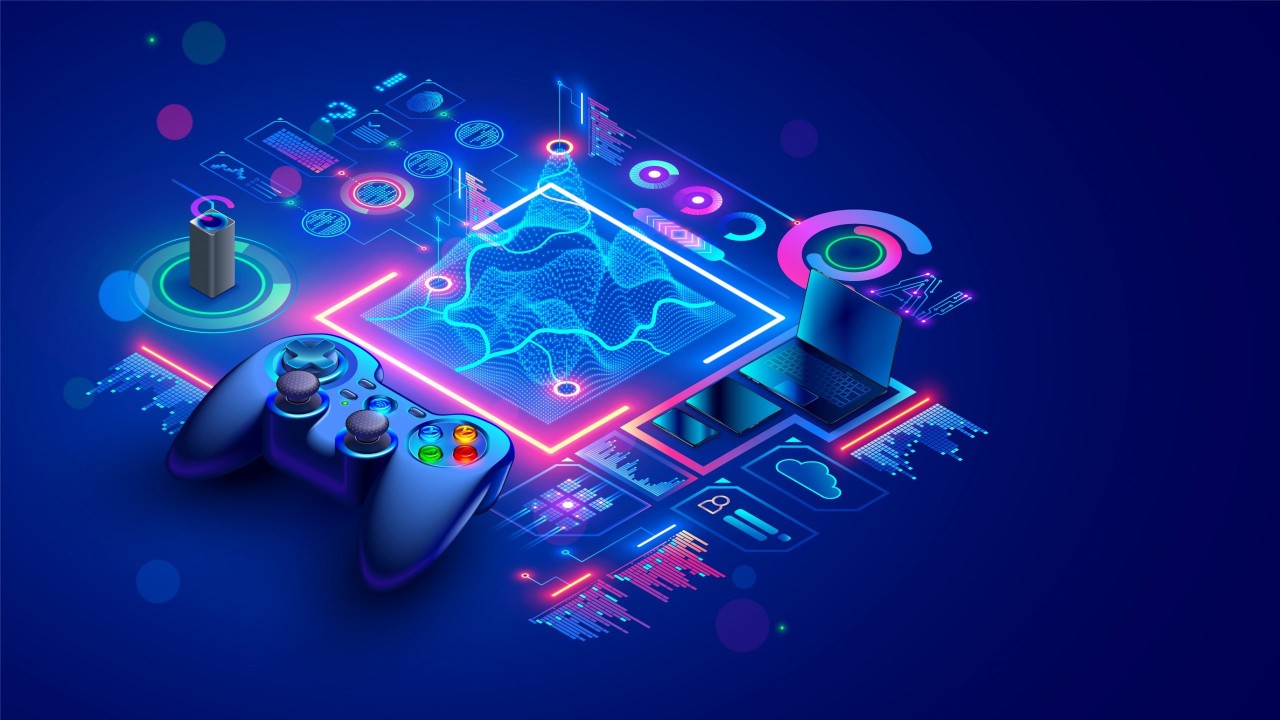
Fun & Games
Required competences
- Interest in circuit design and analysis.
- General programming.
- Dedication; you might need to work tight deadlines.
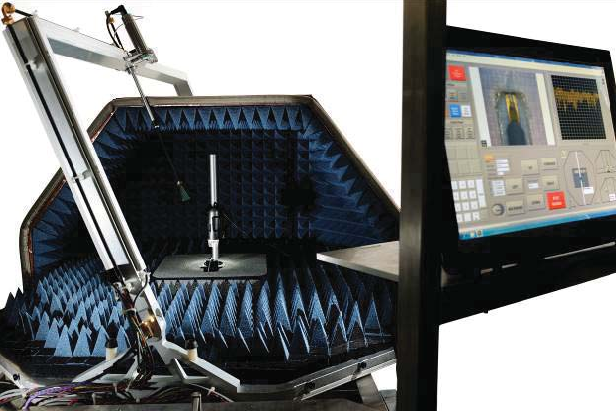
Measurements in RF anechoic chamber for climate chamber
Required competences
- It would be beneficial if the student has some EM knowledge, but this is not a requirement.
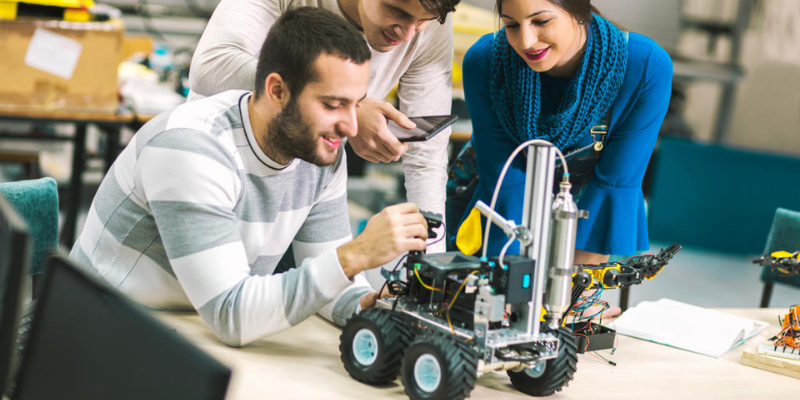
Design and development of a robot test and diagnostic system
Required competences
- Electronic Circuit Courses (EC1+EC2)
- Programming (mainly C/C++)
- Embedded interfaces and programming
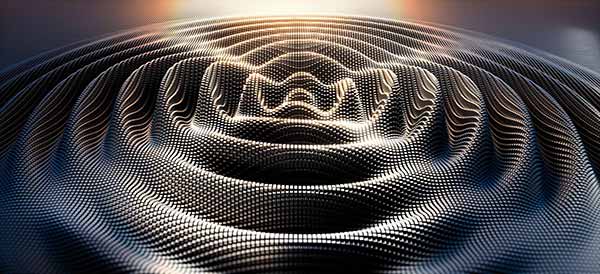
Measurements Using Different Resonators
Required competences
- Programming in Matlab
- Knowledge about measurements, use and calibration of the VNA, use of probes and probe station are nice to have, if not, a training on these will be given to the student.
- Interest in electromagnetics
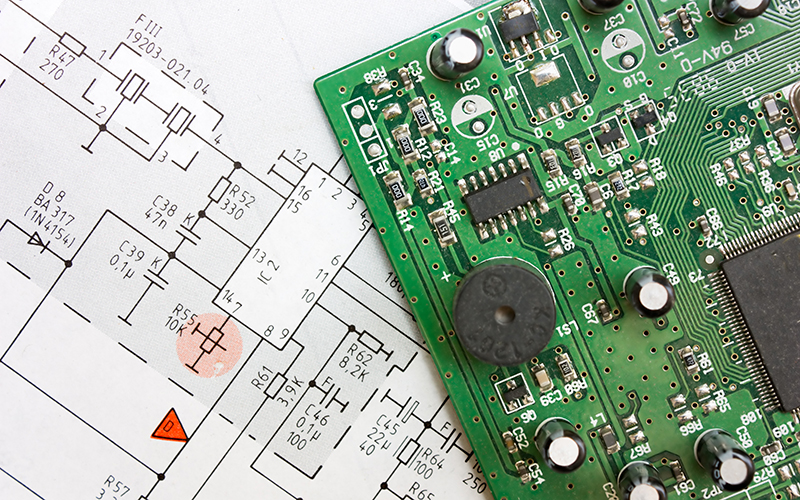
Designing PCB and software for spiking photonic neuron
Required competences
- Interest in PCB design and electronics prototyping
- Programming in Python

Carbon Footprint of Wireless Research
- Literature review - To learn the techniques and results achieved in similar fields
- Identification of target activities - To define the feasible target of the study (e.g. number of publications, authors, and time-frame under analysis)
- Methodology development - To produce a method to quantify the emissions of a research activity, including interviewing authors to gather data not inferable from the publication (e.g. travels, equipment used)
Required competences
- Strong curiosity and self-motivation are essential requirements for this project.
- Familiarity with online research tools (e.g. Google Scholar, IEEE Xplore), data analysis tools (e.g. Microsoft Excel) and presentation software (e.g. Microsoft Power Point)
- Passion, interest, and knowledge of wireless technologies as well as environmental impact are beneficial but not strictly required.

The Sound of Lightning
Required competences
- Interest and skillful in experimental work in a high-voltage laboratory - with high-voltage, plasma, measurement techniques, and electromagnetic compatibility.
- Experimental skills in measuring techniques and (high-voltage) circuits.
- Committed to working according to the safety regulations of the EES high-voltage lab.
- Dedication; you need to collaborate with experts in the lab.

Visibility of Electrical Engineering
Required competences
- Interest in circuits and communication.
- Speaking Dutch is preferred.
- Arduino-level programming. This is needed to create supporting IC's.

Measurements on Prototype Silicon
Required competences
- The participant can perform technically-challenging measurements on a test chip.
- The participant can create a model from the measurement data that is obtained.
